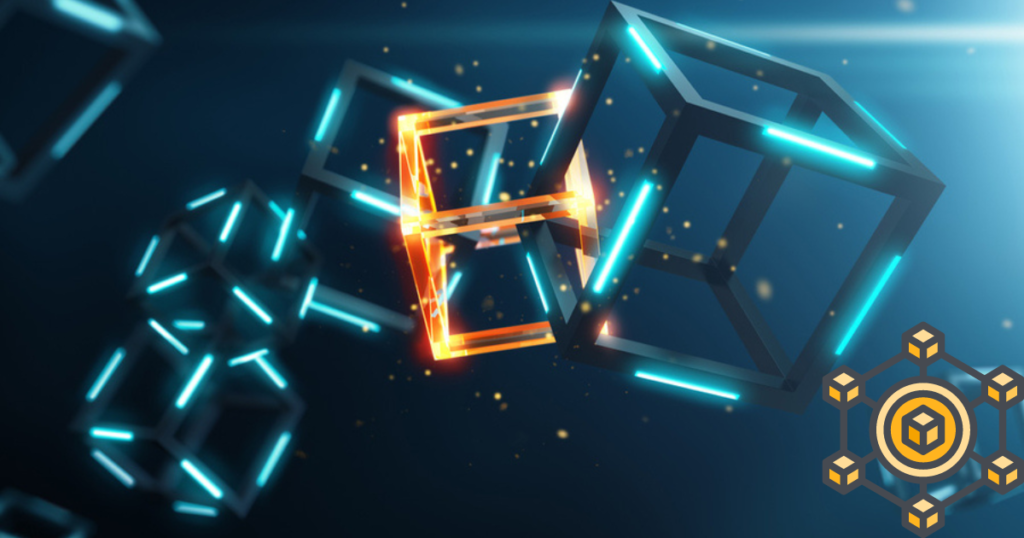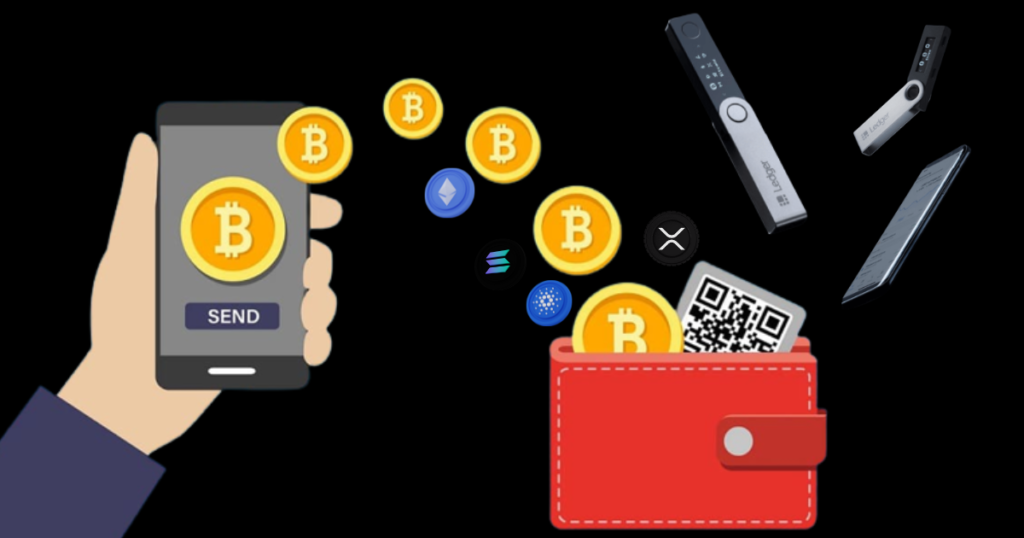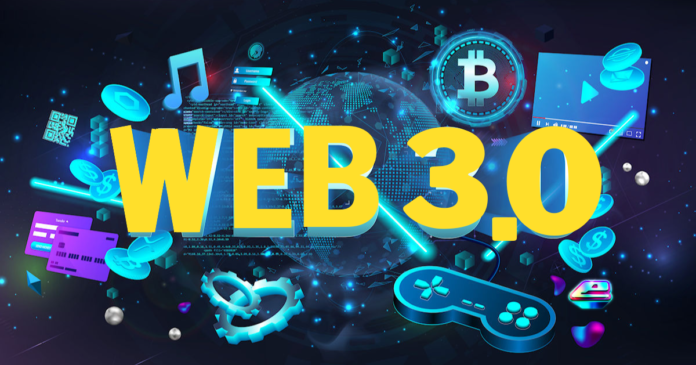Web3 also known as web 3.0 is a hypothetical future in which users will interact with one another using decentralized, essentially anonymous platforms rather than relying on tech behemoths like Google, Facebook, and Twitter.
If you’re reading this you’re a part of the modern web. The web we know today is vastly different from what it was just 10 years ago. How has the internet evolved and more importantly where will it go next? Also, why does any of this matter?
If we’ve learned something from the past it is that these changes will have a significant impact. In this article, we will explain how the web has evolved, where it’s headed, and why this matters.
Consider how the internet influences your life on a daily basis. Consider how the internet has influenced society. Platforms for social media, apps for mobile devices, and the internet is currently undergoing another paradigm shift.
Definition of web 3.0
Web 3.0 refers to the third generation of web technologies (Web3). By providing website and application services, the World Wide Web, also referred to as the web acts as the fundamental building block of the internet. The third generation of the internet Web 3.0 will feature apps and websites that process information much more than humans do. Web 3.0 will succeed thanks to technologies like big data, machine learning, and decentralized ledgers.
Related: Web 3.0 Meaning and Examples
How has the web evolved?
The web has evolved a lot over the years and its applications of it today are almost unrecognizable from its early days. The evolution of the web is often partitioned into three separate stages web 1.0 web 2.0 and web 3.0.
What is Web 1.0?
Web 1.0 was the first version of the internet. The majority of participants were content consumers and the creators were typically developers who built websites that served information primarily in text or image format. Web 1.0 existed from roughly 1991 to 2004. Web 1.0 sites serve static content rather than dynamic HTML.
Data and content were served from a static file system rather than a database and there was little interactivity on the sites. Consider web1 to be the read-only web.
What is Web 2.0?
The majority of us have mostly only used web 2. Web 2 is often referred to as the social and interactive web. You don’t have to be a developer to take part in the creation process in the web 2 universe. Many apps are made so that anyone may easily create them. You have the ability to create an idea and spread it throughout the planet. You may post a video and make it available for millions of people to view interact with and comment on. Web 2 is actually quite simple and as a result, an increasing number of people worldwide are starting to create. Although the web is fantastic in many ways as it is. There are several areas where we can improve significantly. For instance, a lot of web 2 firms including Google, Facebook, Twitter, and others, use more data to create more individualized advertisements. More clicks result from this which raises ad revenue.
The essential functionality of the web as we know and use it today is built around the exploitation and centralization of user data. Applications running on web 2 frequently suffered data breaches. Even websites that track these breaches and notify users when their data has been compromised exist. You have no control over your data in web 2 or how it is stored. In actuality businesses frequently collect and store user data without the user’s permission. The businesses in charge of these platforms then become the owners and controllers of all of this data. Web 3 seeks to address many of these issues by completely reimagining how we construct and interact with applications from the ground up.

What is Web 3.0?
A new internet standard called web 3.0 will place an emphasis on machine-based data understanding to create a data-driven and semantic web another word for web3. Distributed ledger technology like his blockchains will power it. Its primary goal is to put data control in consumers’ hands as opposed to its predecessors where that power was given to consolidated institutions.
Simply said web3 is a decentralized version of the internet where users have access to their own data. With an enormous amount of content that is available to all users, the internet will be more open.
Web 3.0 Briefly explained
There are another web 3.0 iterations from earlier internet eras. The centralizations and cryptocurrencies are forever altering how we use the internet. The 1.0 provides a brief history of the internet from 1991 to 2004. The majority of web pages on the internet were static, so when you loaded one of them it simply displayed some unrelated data then it was over. Some people refer to it as reading, but there was no signing in engaging with content, or monitoring analytics. Naturally, as time went on we made improvements, and tools like flash and javascript added a variety of new features, but at the time most internet users were consumers who used the internet to access information.
Online underwent significant change throughout the web 2.0 era which began around 2004 and continues now. However one of the largest changes was the internet’s increased interaction. To be fair we voluntarily gave up this privacy in web 2.0 for fun applications like Facebook and Twitter. If you visited facebook.com you would see two completely different news feeds because the website varied based on who was watching it.
A crucial distinction in web 3.0 that will go over shortly. If you look at the advertisements, they display they are sorting data based on the information you didn’t realize you gave them, such as your video viewing history and likes. However, if you look at the articles claiming that machine learning began displaying parenting ads to a man because they anticipated his impending fatherhood before he did. It was likely because his girlfriend used their public IP address to conduct a search on her symptoms, which the machine learning detected.
The next phase of the internet’s development dubbed web 3.0 will probably make use of blockchain technology and decentralization tools. The issue with odyssey is that they are unable to effectively prevent a video from being posted. It is technically possible to download a video that has been uploaded and then share it with others on the network. So they can see it and download it as well.

What web 3.0 really means?
In 10 years you might be able to use a Metamask to buy amazon gift cards and pay with Ethereum, or you might be able to use one of your secret wallets to anonymously like a friend’s post. There won’t be a lot of life-altering events that happen all at once. There will probably be a chain of concepts that develop together until centralized corporations like Facebook and Google are dismantled by the government and decentralized unregulated alternatives emerged to take their place. A bit of information about the web 3.0 foundation.
There is a company called the web 3 foundation that supports projects for increasing decentralization on the internet. Their three big projects are the blockchain, the polka dot test chain, and the web3 summit. Additionally, they provide grants, many of which are related to promoting and utilizing the polka-dot blockchain. So it seems that the polka dot team used the web3 name as a brand to push their own agenda.
To give you an understanding of what they mean by this would be like the company facebook buying a foundation for web 2.0 and saying they are the ones who initiated it.
Web 3 Use Cases and Benefits
Web3’s enhanced user specificity will ensure data security and privacy. As data is connected in a decentralized manner by the internet personalized user experiences become a reality. Everything you communicate will be understood by this new internet.
It is capable of comprehending your text, voice, or other media information and will present it in a manner that is highly customized. If you don’t have different accounts for each social platform your internet experience will be smooth. With a single account, you may switch between platforms search for information, or even shop. Its main components are machine learning, artificial intelligence AI and the semantic web.
Information safety and security will be guaranteed by blockchain security technologies. Decentralization is the key distinction between web 2 and web3. With a few extra features web 3 improves the internet as we currently know it. When creating and deploying web3 applications developers rarely use a single server or database to house their data usually hosted on and managed by a single cloud provider.
Web3 applications either run on blockchain decentralized networks of several peer-to-peer nodes servers or a combination of the two that creates a crypto-economic protocol. The word Dapps decentralized apps which are frequently used in the web3 environment is frequently used to describe these applications.

Will Web 3.0 be the new Norm?
According to experts the best case scenario for web3 enthusiasts is that the technology will coexist with web 2.0 rather than completely replace it. In other words, social networks, transactions, and enterprises based on the blockchain may and will continue to expand and prosper in the years to come, but according to technological experts, there isn’t much chance of totally replacing Facebook, Twitter, or Google anytime soon.
I’m not in a position to predict the outcome said Dryhurst, However, in order to remain relevant web 2 companies will incorporate web 3 ideas into their offerings. He thinks many people would like to be able to carry their data and history of interactions online everywhere they go on the internet rather than remain on unique web platforms what some call the walled gardens of giant tech companies.
The experience is radically different from what we’re used to now according to Dryhurst, but he acknowledges that for certain people unrestricted independence can have unsettling consequences. The Faustian Bargain said he continued is that I can’t stop someone from establishing something that’s hellacious even while it’s exciting that there’s nothing stopping people from building whatever community they want.
Related: Top 10 Web 3.0 Crypto coins
Is it possible that Web 3.0 is just a hyped-up fantasy?
It doesn’t take long to locate web 3 detractors. Professor James Grimmelman who specializes in law and technology has grown outspoken about his skepticism. Grimmelman referred to a product that is announced but never delivered as vaporware or web3, even when it’s contradictory it’s a promised future internet that cures all the things people don’t like about the current internet.
According to him, the blockchain is not the answer if one of the driving forces is to avoid handing over personal information to big tech firms, because doing so will make even more data public.

